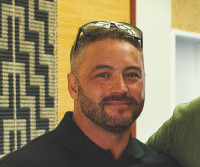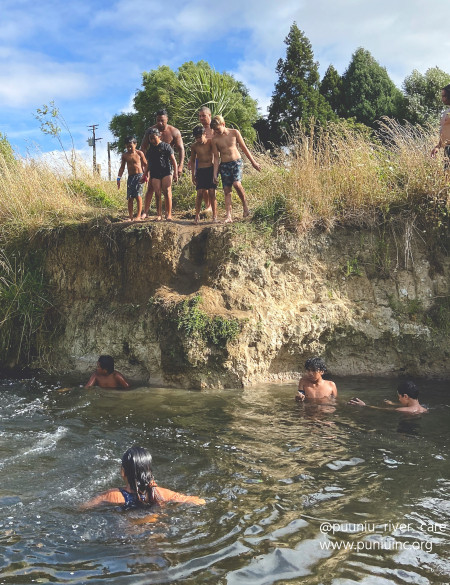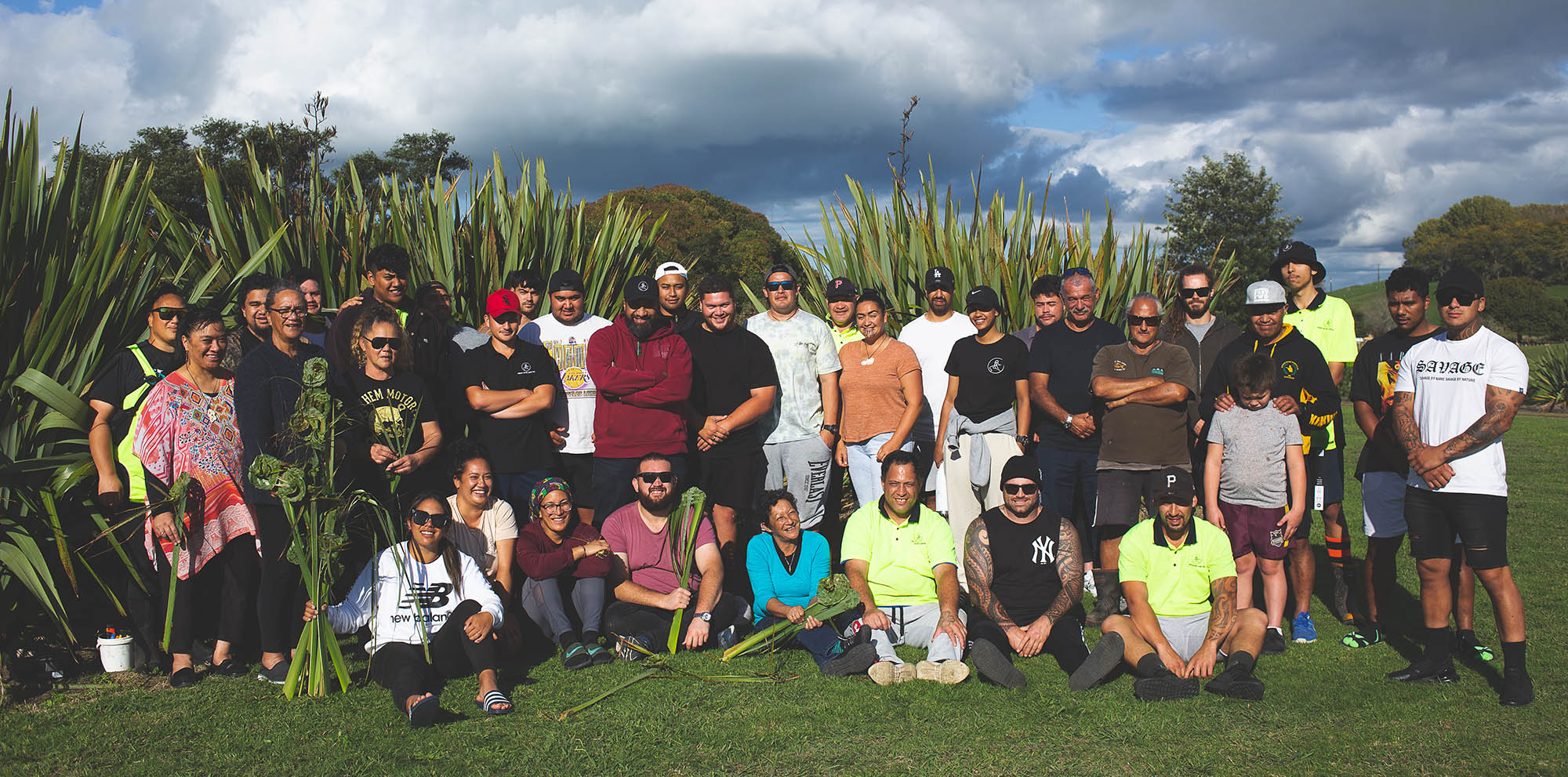 "Too long have we sat back and watched things happen. We need to be part of the solution, not only at iwi co-management level but from the ground up."
"Too long have we sat back and watched things happen. We need to be part of the solution, not only at iwi co-management level but from the ground up."
- Shannon Te Huia, Pūniu River Care
You don’t need to be an expert to know our rivers have become polluted, says Pūniu River Care founder Shannon Te Huia.
Shannon set up Pūniu River Care in 2015, with help from kaumatua, Sustainable Coastlines and Whāingaroa Harbour Care, to enable local hapū to improve the water quality and replenish the taonga within the Pūniu River Catchment.
The Pūniu River is 57 kilometres long and flows from within the Pureora Forest and past four marae to Pirongia where it meets the Waipā River, which is a tributary of the Waikato River.
“Once it was a clear river with a gravelly bottom, but now it is brown with a muddy silt bed.
 “We didn’t understand what nitrogen was, we didn’t understand what phosphorus was, we didn’t understand these contaminants, but we knew what dirt was because when we would swim in the water there was dirt, and it wasn’t always there.
“We didn’t understand what nitrogen was, we didn’t understand what phosphorus was, we didn’t understand these contaminants, but we knew what dirt was because when we would swim in the water there was dirt, and it wasn’t always there.
“How to fix the dirt problem is to plant some trees to hold the dirt where it is supposed to be. Every tree we put in the ground is a step forward.”
Pūniu River Care, which collaborates with Waikato Regional Council on specific projects and is a council contractor, has planted more than 1.3 million trees and fenced off 61 kilometres of waterways in the Waipā catchment.
“It’s about not being scared to express our values,” says Shannon. “The issues are pretty clear. We don’t need to be told the water quality is poor. How do we feel about what we see? That we are catching eels with lesions or the rivers we loved have silted up and the water levels have dropped?
“Too long have we sat back and watched things happen. We need to be part of the solution, not only at iwi co-management level but from the ground up. That’s what we are about: people who intrinsically belong to the awa and who can participate in meaningful employment to be kaitiaki, to understand our connection, so that our next generation can thrive.”
Pūniu River Care and Waikato Regional Council are currently completing a four-and-a-half-year project along the middle section of the Pūniu to fence off and plant out 32 kilometres of bank length to help improve water quality and restore tuna habitat and terrestrial biodiversity. The project has funding from the Waikato River Authority, Waikato-Tainui, Momentum Waikato and the Department of Conservation.
“Our relationship with the regional council increases our capacity and capability. If our work involves machinery along waterways, the council can drop in that space as they have consents to do that type of work and it saves us having to go down a big process. We come in to do the site prep, the fencing and the planting. It helps reduce costs which is very helpful.
“If we have some willow, they can get them out, sweet. It works the other way, too: council will say we are pulling out some willows, can you come in behind us and plant it out.
“We always feel we can call on the council if we need help with anything. There is huge value in that. Their catchment management officers often refer people to us, like landowners or farmers who want to secure plants or have work done on their property. Having the support of the council gives us huge funding leverage at a national level.”
Photo credit: Talitha Wanden



To ask for help or report a problem, contact us
Tell us how we can improve the information on this page. (optional)